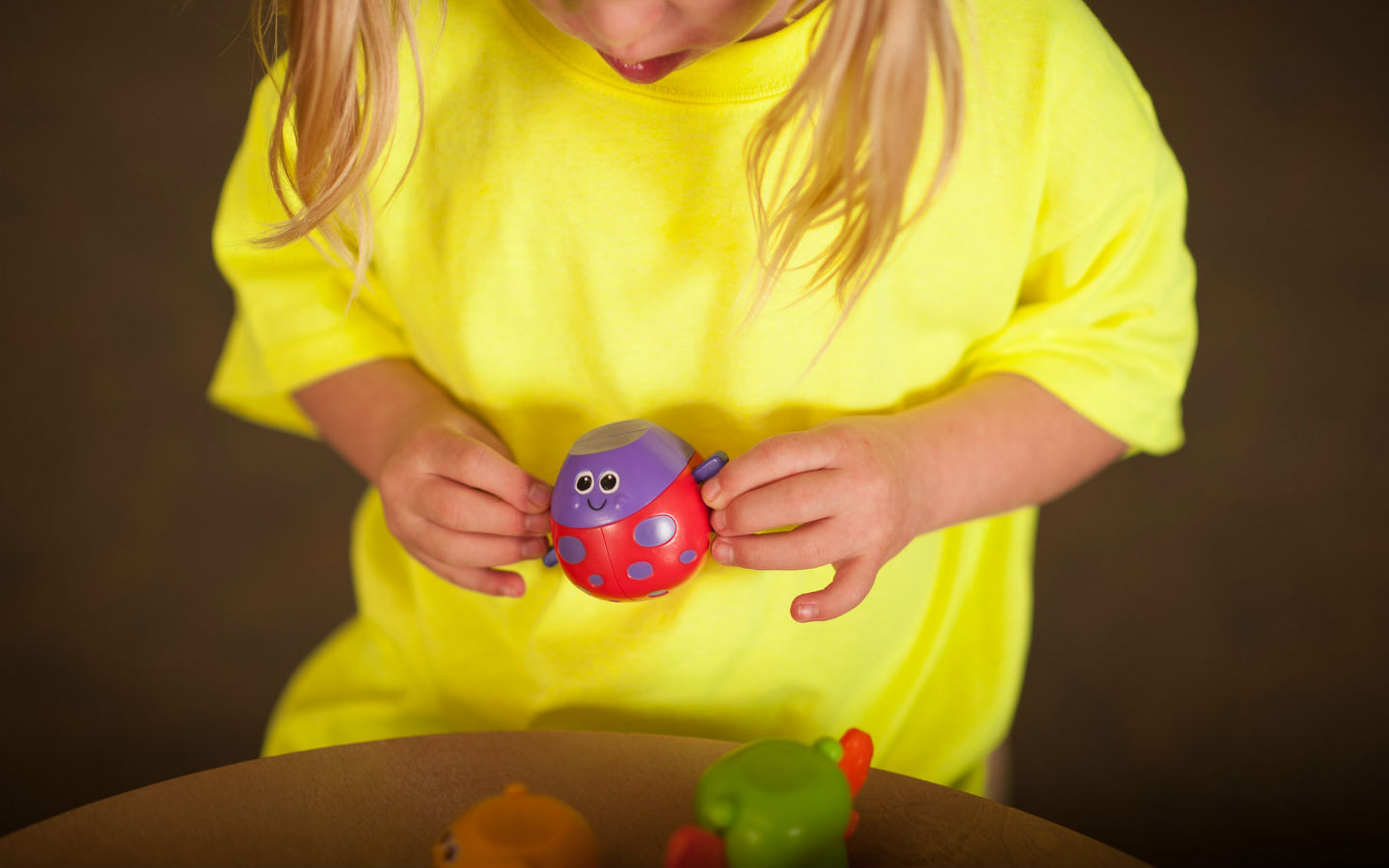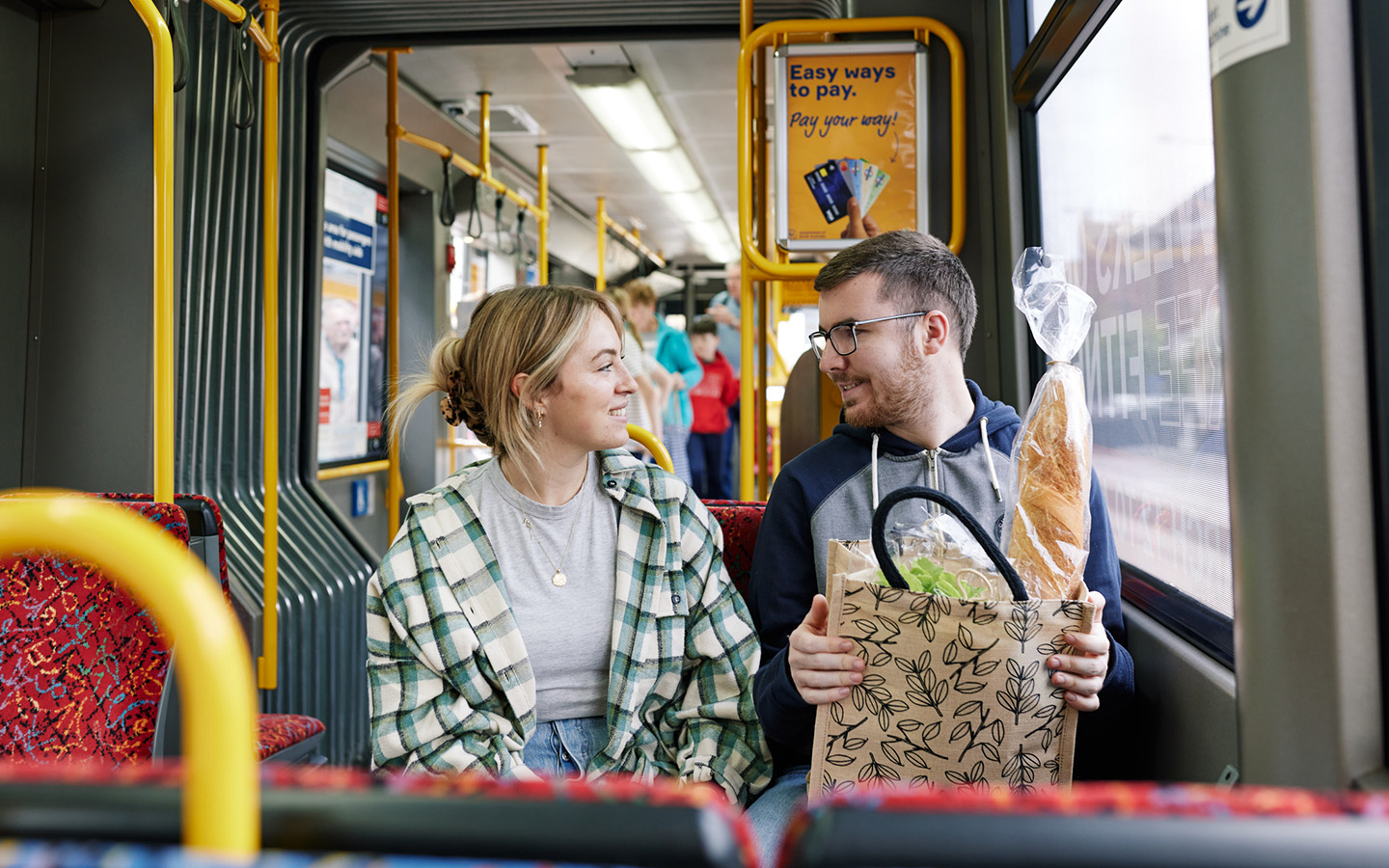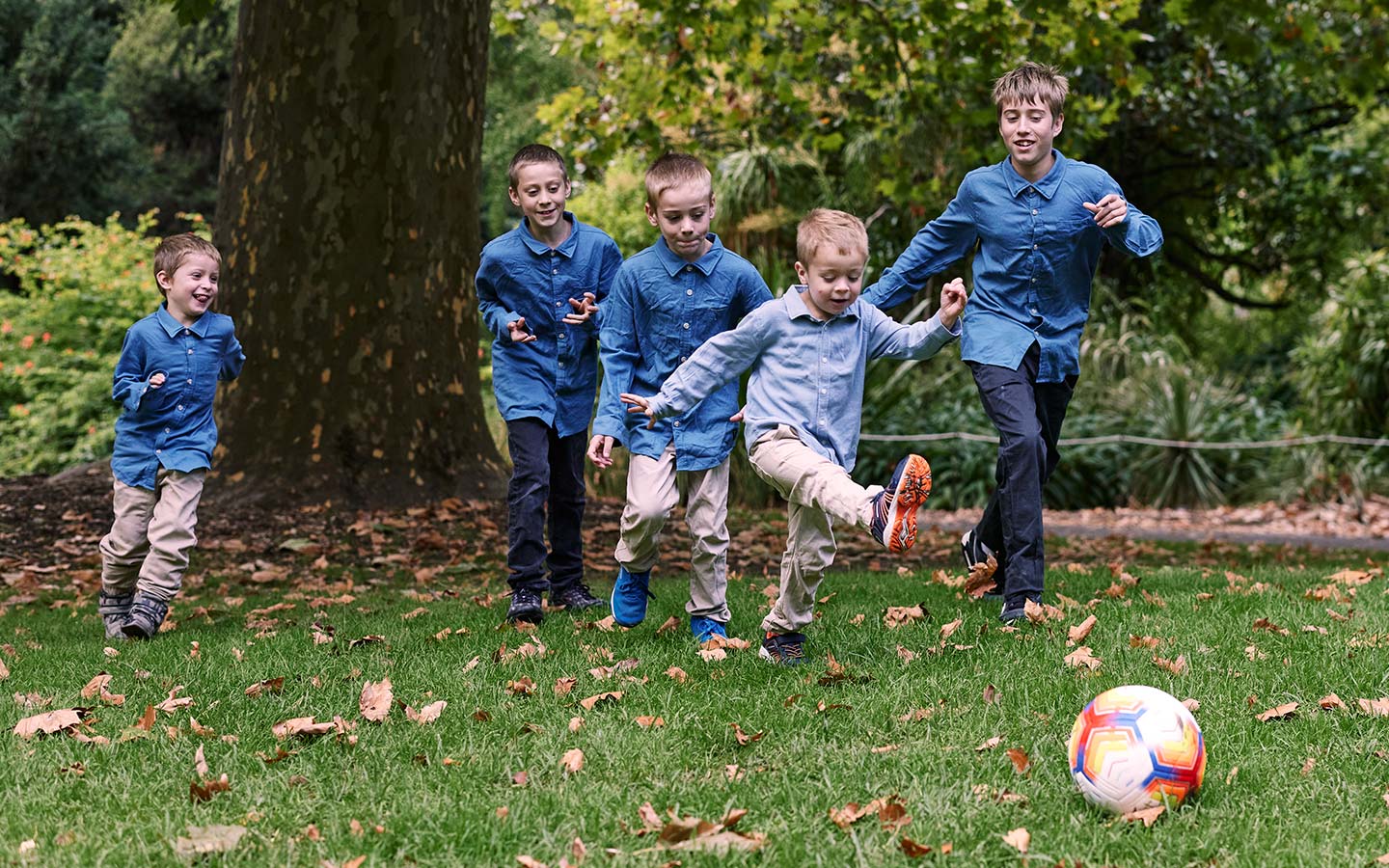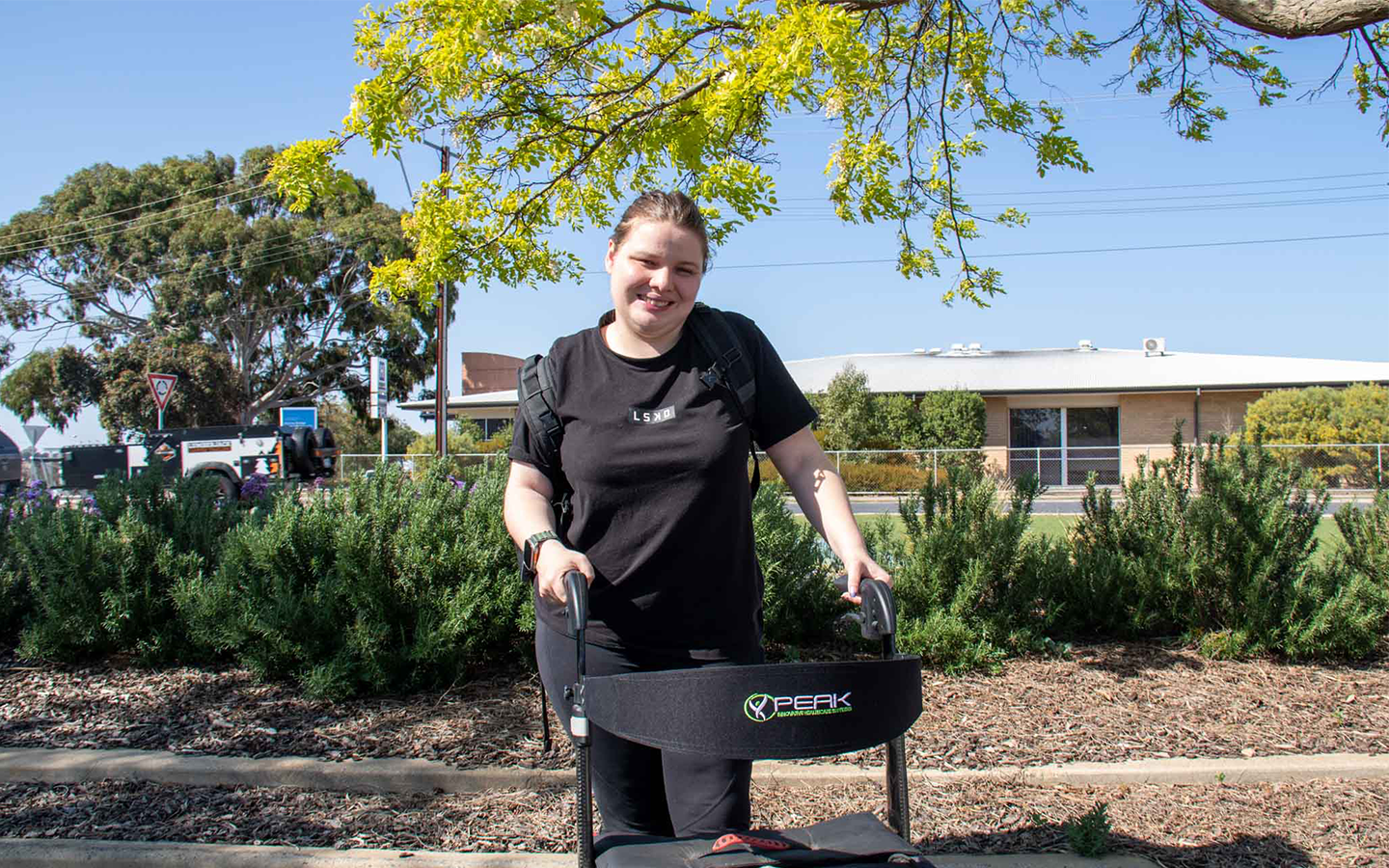Resources
Botulinum Toxin Type A – Upper Limb Use for Children with Cerebral Palsy

Some children with cerebral palsy may experience tightness or spasticity in some of the muscles of the arm and hand making movement difficult. This can make it more difficult for children to be independent or do everyday tasks such as, playing with toys, dressing themselves or playing sport.
Other terms used to describe such tightness are increased tone and increased dynamic tone.
Aims of treatment
- To reduce or minimize the effects of spasticity and stiffness;
- To prevent or reduce deformities of the upper limb;
- To improve the person’s ability to use their hand for everyday life activities
Without treatment to maintain the length of tendons and muscles, these may, over time, shorten and result in joint stiffness, contractures and deformities.
Types of treatment
- Stretches
- Exercises
- Splint wearing
- Casting
- Botox
- Surgery
While injection of Botulinum Toxin Type A is used as a treatment, it may be combined with one or several of the above, depending on individual need and choice.
What is Botulinum Toxin Type A?
Botulinum Toxin Type A is a purified protein that, when injected into a muscle, causes partial paralysis and therefore reduces spasticity and stiffness. As with any treatment, it is not a cure, but aims to give a person the best possible use of the hand. It may also improve the appearance of the hand. Botulinum Toxin Type A will not provide benefit if there is muscle shortening or contracture. The effects of Botulinum Toxin Type A are not permanent, lasting 3-6 months and sometimes longer. Side effects are rare – however the paediatrician will discuss potential side effect with you prior to the procedure.
Botulinum Toxin Type A treatment for the upper limb is funded by the Government for children with cerebral palsy in Australia.
Reasons for considering Botulinum Toxin Type A as a treatment
- To reduce spasticity in order to free up movement in the arm and hand
- To prevent shortening of muscles
- To improve the appearance of the hand and arm
- To reduce pain or discomfort
- To improve use of the arm and hand
- To reduce the need to wear splints
- To predict the outcome of possible surgery
- To delay the need for surgery
What needs to happen before Botulinum Toxin Type A treatment?
- A comprehensive assessment by the paediatrician and the occupational therapist is undertaken to work out how any spasticity is interfering with the child’s ability to use their hand.
- The assessment will show which muscles are involved and how much spasticity there is.
- A video recording of the function of the hand will also be taken.
How is Botulinum Toxin Type A administered?
- The Child is usually admitted as a day patient at the Women’s and Children’s Hospital.
- Injections are given under a general anaesthetic or sedation to make it easier to accurately inject into the relevant muscles.
- As a lot of the muscles in the forearm and hand are very small and lie close together, a muscle stimulator is used to make sure the Botulinum Toxin Type A is injected into the correct muscle.
What happens after Botulinum Toxin Type A?
- The effect of the injection will usually be seen within 7-10 days – some families have reported seeing the effects within 24-36 hours.
- The occupational therapist will provide an intervention or group programme and will keep in touch with the child and family to monitor progress.
- A home activity program is also often provided. Research evidence shows that when Botulinum Toxin-A injections to the arm are combined with a therapy and home program, clients make greater gains in movement and function.
- Further video will be taken to assess the effect of the treatment.
- The Occupational Therapist will review the child approximately 3 months following Botulinum Toxin-A injection to determine the outcomes of the intervention.
Reference:
- Australian Occupational Therapy Journal (2011) 58, 132 – 133, “Botulinum Toxin A in conjunction with occupational therapy reduces spasticity and improves upper limb function and goal attainment in children with cerebral palsy”, Authors Hoare, B; Wallen; M, Imms, C; Villaneuva, E; Rawick, H; Carey, L.


